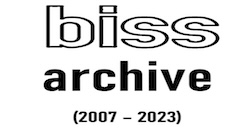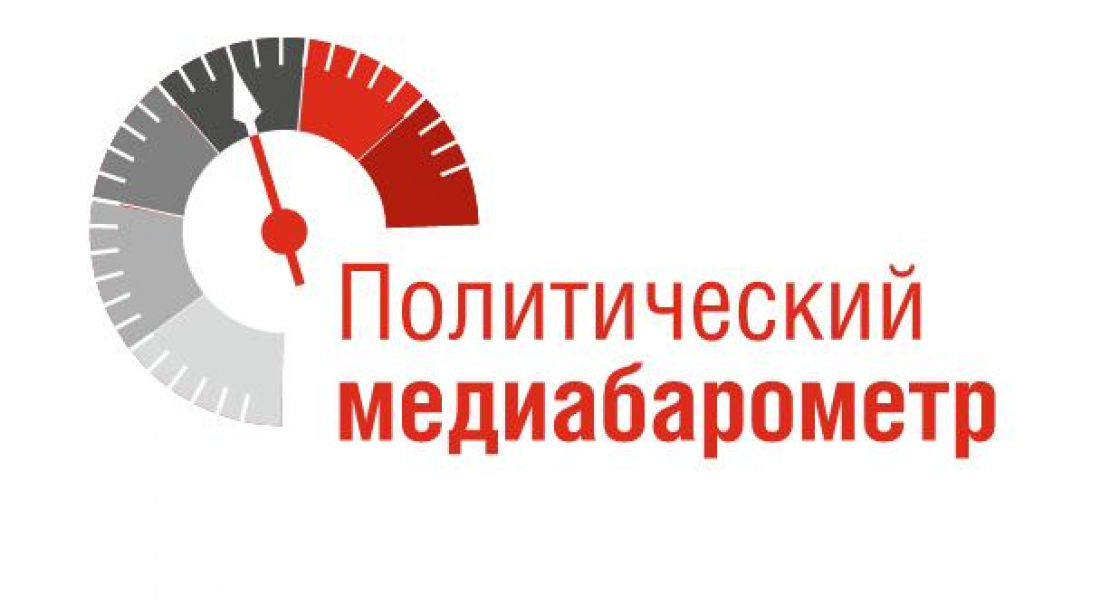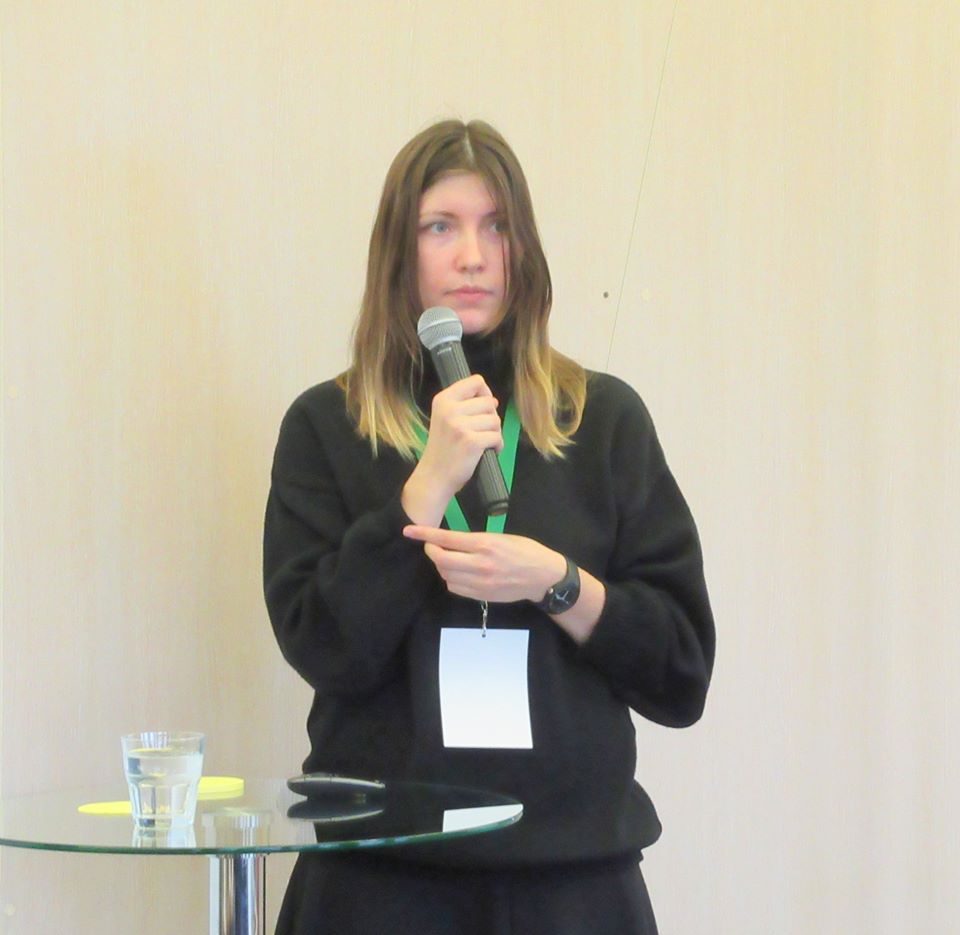BISS presents basic findings of the BISS Political Media Barometer for July to September 2014. The research analyses quantitative and qualitative characteristics of the independent political forces’ communications field and offers some conclusions concerning the major factors that determined the structure of the communications field.
In the third quarter of 2014 the political communications field was marked by the following key features:
• The quantitative indices continued their downward trend, plunging below both the levels of the previous quarter, i.e. April to June 1014, and the third quarter of 2013.
• The political forces’ qualitative indices, including the diversity of representation, the coverage of regional events and the proportion of offline activities covered in the media, improved in the analysed time span. This was by and large due to the activities of the ‘National Referendum’ campaign.
• In many ways discussions related to the nomination of one opposition candidate to run for presidency at the 2015 election shaped the political communications field as a whole, having an equal impact on the media presence of each leading political force. Their standing in the ratings generally remained unchanged, chiefly because the broad discussion of issues that are highly relevant to all the political forces evenly spread the references to each of them in the information field.
The time span between July and September is usually characterised by low levels of political communications. In the third quarter of 2014 their number went further down, so the total figure of political communications to be analysed made up 3,185. This was in fact even lower than in July – September 2013, when the number of references to political actors and forces was 3,217. From this perspective it is even more evident that the growth in the numbers of political communications between October 2013 and March 2014 was caused by the local elections on 23 March 2014, while the political communications field basically reflects the dynamics of the electoral cycle. So far the 2015 presidential election has not had an impact on the number of political communications; however, their topics are often determined by the forthcoming presidential race.
Chart 1. Total numbers of references to political actors and forces
The structure of the political forces’ ratings in the third quarter of 2014 remained essentially unchanged, which was the most important feature of their quantitative index. The top-5 political forces maintained their positions.
In contrast with the general downward trend, the ‘National Referendum’ campaign was able to show a noticeable growth, boosting its quantitative index from 344 to 512 points. This had a positive influence on the political communications of its members. For example, the Belarusian Social Democratic Party (Hramada) rose from the eighth to the sixth position. In terms of the number of references, the ‘National Referendum’ came very close to catching up with the top-5 political forces. It was definitely an important achievement for a campaign launched just a bit over a year earlier.
The Belarusian Left Party ‘A Just World’ considerably improved its standing in the ratings, too. This was first and foremost due to the role the party leader played in the discussion of the nomination of one opposition candidate and the fact that the party announced its plan to hold a Convention of Left Democratic Forces.
Meanwhile, the Young Front dramatically slid down in the rating. Its uncharacteristic growth in the previous quarter had been caused by the acts of repression against its activists, which brought them in the focus of media attention. True, repression is one of the mainsprings to increase political actors’ and forces’ media presence, but only for a short time.
Table 1. Total presence of the political forces in the information field
The reason why the top-5 ratings remained so stable becomes clear when we compare the dynamics of the total quantitative index accumulation for the leading political forces. As the 2015 presidential election is approaching, the major political forces have restarted the debate centred on the nomination of one opposition candidate. Thus, the discussion has an equal influence on all the participants’ media presence at the same intervals. The first stage of the intense debate occurred in the second half of July 2014 and the second took place in the first two weeks of September, when the media began speaking about a Convention of Democratic Forces. These two intervals were marked by the most impressive total presence index accumulation for the BPF Party, the United Civic Party and the Belarusian Christian Democracy. Apart from the discussions around the nomination of one presidential candidate, the Hienadź Karpienka football tournament on 9 August 2104 was also a factor that equally contributed to these political forces’ index accumulation.
Unlike the political forces’ rating, the one for individual political actors underwent profound changes. On the whole the latter is by far less stable than the political forces’ rating. This may signal that the political organisations’ communication policies differ from those employed by their leaders.
Compared to the previous quarter, Źmicier Daškievič’s standing in the ratings was much worse, as he moved down from the first to the tenth position. He had come top earlier by and large because of the repressive actions against the Young Front activists, which had also had some effect, albeit not so significant, on the political force’s rating position.
During the analysed time span, some political figures who are not actively engaged in the opposition activities took the leading positions in the rating. For example, Stanislaŭ Šuškievič continued to improve his standing, moving in the third quarter of 2014 from the sixth to the third position. This was mainly because of numerous references to the politician and commentaries related to Aliaksandr Lukashenka’s twenty years in power and twenty three years since Belarus proclaimed its sovereignty. Mikola Statkievič rose from the ninth to the sixth position, as he was discussed as a potential presidential hopeful. The same factor boosted Aliaksandr Milinkievič’s rating standing, driving him from the eighth to the fourth position.
Table 2. Total presence in the information field for individual politicians
An important detail: the numbers of media references to a particular political force depend in many ways on editorial policies and the degree of cooperation between definite media outlets and the political forces. A study of the structure of media coverage given to the political forces in the leading media outlets reveals these consistent patters and interrelations. The findings of this analysis for the post-electoral period from April to September 2014 will be presented in the full version of the BISS Political Media Barometer. Further on they are going to be included into the report on a regular basis.
The distribution of the topics of political communications remained more or less the same. The society-related topics were in the lead, followed by the discussions of political processes in the country and political parties. Acts of repression were less frequently mentioned than in the previous quarter. However, economy received even less coverage, as its presence in the information field further dropped from 3.9% to 2.8%.
Detailed analysis of the topics shows that the discussion around one opposition candidate was still at the top of the list. The ‘National Referendum’ campaign came to be mentioned much more often, moving to the third position in the detailed structure of topics and increasing its presence from 5% to 12%. The work of the ‘National Referendum’ campaign brought the subject of education into the foreground – it moved to the fifth position with 7% of references.
In many ways the activities of the ‘National Referendum’ had a positive impact on the quality of political communications. For example, the contributions from the campaign members and the Belarusian Christian Democracy drove up the share of the political forces’ offline activities covered in the media. In September the figure reached 34% - so far its highest for 2014. At the same time the proportion of ‘proactive’ communications grew from 24% to 35%. On top of that, the representation of political forces became more diverse, the proportion of regional representatives going up from 8% to 13%. The coverage of regional events also showed positive dynamics, increasing from 10% to 18%. The BCD’s anti-drinking campaign, the public hearings and the sign-in within the frame of the ‘National Referendum’ campaign were also among the factors that improved the quality of political communications.




.PNG)
